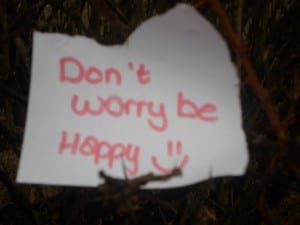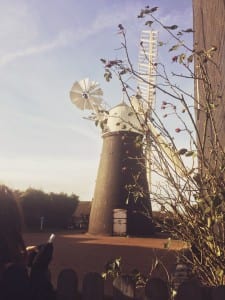As we get on with our lives we forget about the fact that we are being watched via CCTV cameras dotted around our own towns. Do people realise that there are cameras? If they do would they act differently in the space? What would be the factors that would change the way people acted in a space; Weather? Time of day? A more obvious act of filming?
To enhance our knowledge of space and behaviour it would mean undertaking a lengthy proccess studying the space and people. It would also only be fair to study expected variables that might change the results. Spaces can be transformed from empty connections for destinations, to a lively bustling loaction that has become a destination. A space can coax families or couples as a resting place, or be a loaction for workmen to carry out their duties. People that pass through the space might have a life long connection to it, having lived there most of their lives, but will not pay attention to their surroundings on a daily basis. On the other hand it can be a site for tourists that will see everything in great detail, as they might not ecounter it again. What behaviour will set these people apart?
From walking around Lincoln, apperaing as tourists, a group member overheard a local man say “Nothing happens here apart from us.” as if to imply it’s a waste of time looking around this patch. It’s easy for local people to become used to their surroundings and see the ‘attractions’ as more of a practical thing or nothing that special. By saying that nothing happens there apart from them, he is suggesting that all the community do is simply live, when in fact it is because of them living that the place thrives. They are a crucial, relevant component in making the space what it is, without them the space becomes nothing.
Maybe if we linked both notions of CCTV and ‘nothing happening’ in the space we can inflict a healthy reflection on the people that they are important.
Our group intend to study and relfect a site using modern technologies, over the next few weeks we will mimick the CCTV camera located in a prime area of Lincoln using timelapses.


